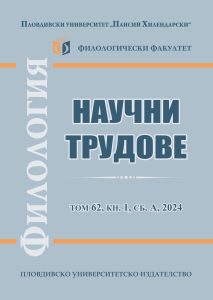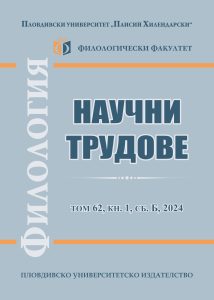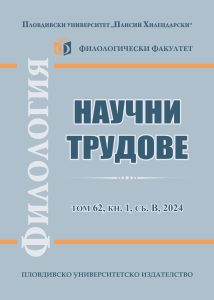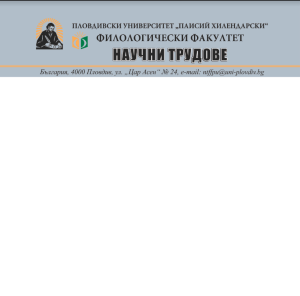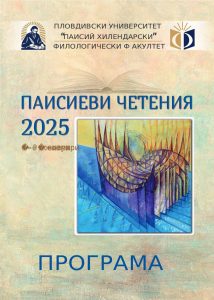VOL. 55, BOOK 1, PART B, 2017, pp. 7 – 19 Full text (Bg)
Author: Lidiya Shamova, Ivan Kanchev, Delyan Delev
Affiliation: Paisii Hilendarski University of Plovdiv, Paisii Hilendarski University of Plovdiv, Medical University of Plovdiv
Abstract
Newborn babies are capable of distinguishing between two languages a few hours after their birth. When a 3- year-old child starts learning to speak and read in two languages this becomes fundamental for his/her future intelligence growth. Determining factors for a linguistic brain representation are the age of acquisition, the proficiency level, the external language influence and the level of competence dominating in one of the both languages in bilinguals. The left brain hemisphere is responsible for linguistic competence. The linguistic control is submitted to the function of the left nucleus caudate. When learning a second language it has effects on the brain structure and functions.
Key words: bilinguals, monolinguals, learning, languages, brain, cortex, nucleus caudate, intelligence


